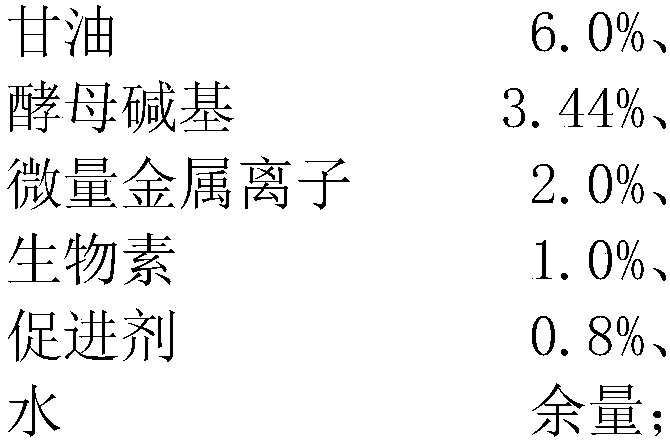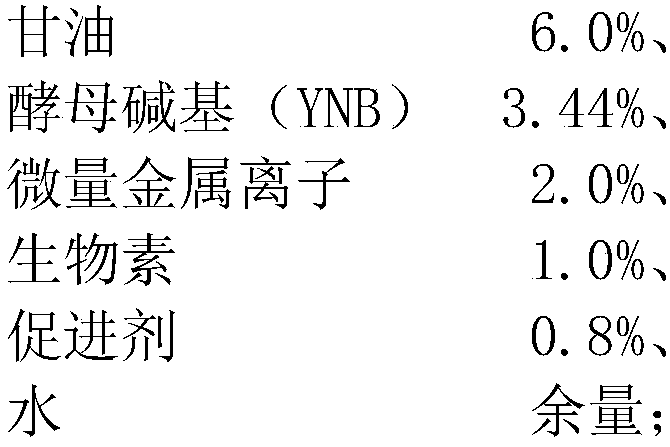Breeding method of crassostrea rivularis
A breeding method and technology of oyster seedlings, applied in fish farming, climate change adaptation, animal feed, etc., can solve the problem of pH drop in the upper layer of seawater, and achieve the effect of tender meat
- Summary
- Abstract
- Description
- Claims
- Application Information
AI Technical Summary
Problems solved by technology
Method used
Image
Examples
Embodiment 1
[0026] The culture method of big oyster comprises following technical steps:
[0027] 1) Cultivation: Select a sea area with a salinity of 15-16 degrees as the growing area. From April to the end of August every year, put the oyster seedlings in the growing area for normal cultivation with reference to the existing technology;
[0028] 2) Fattening: From the end of August to September every year, transfer the oysters raised to a size of 10cm in the growing area to the fattening area rich in microorganisms for fattening and breeding. After 30-40 days of breeding;
[0029] 3) Protection: transfer the oysters taken out in step 3) to the pond surrounded by the junction of salty and fresh water at the estuary of the river, and add additives twice a day at regular intervals. Once at 16:00 p.m., desalinated and trimmed for 7-15 days, and then moved the oysters that did not meet the best specifications for the market back to the fattening area for fattening;
[0030] Step 3) describe...
Embodiment 2
[0039] The culture method of big oyster comprises following technical steps:
[0040]1) Cultivation: Select a sea area with a salinity of 15-16 degrees as the growing area. From April to the end of August every year, put the oyster seedlings in the growing area for normal cultivation with reference to the existing technology;
[0041] 2) Fattening: From the end of August to September every year, transfer the oysters raised to a size of 10cm in the growing area to the fattening area rich in microorganisms for fattening and breeding. After 30-40 days of breeding;
[0042] 3) Protection: Transfer the oysters taken out in step 3) to the pond surrounded by the junction of salty and fresh water at the estuary of the river, and add additives twice a day at regular intervals. The amount of additives added is based on 5.0% of the weight of the oysters, and it is added at 8:00 a.m. every day Once at 16:00 p.m., desalinated and trimmed for 7-15 days, and then moved the oysters that did n...
Embodiment 3
[0053] The culture method of big oyster comprises following technical steps:
[0054] 1) Cultivation: Select a sea area with a salinity of 15-16 degrees as the growing area. From April to the end of August every year, put the oyster seedlings in the growing area for normal cultivation with reference to the existing technology;
[0055] 2) Fattening: From the end of August to September every year, transfer the oysters raised to a size of 10cm in the growing area to the fattening area rich in microorganisms for fattening and breeding. After 30-40 days of breeding;
[0056] 3) Protection: transfer the oysters taken out in step 3) to the pond surrounded by the junction of salty and fresh water at the estuary of the river, and add additives 2 times a day at regular intervals. Once at 16:00 p.m., desalinated and trimmed for 7-15 days, and then moved the oysters that did not meet the best specifications for the market back to the fattening area for fattening;
[0057] Step 3) descri...
PUM
 Login to View More
Login to View More Abstract
Description
Claims
Application Information
 Login to View More
Login to View More - R&D Engineer
- R&D Manager
- IP Professional
- Industry Leading Data Capabilities
- Powerful AI technology
- Patent DNA Extraction
Browse by: Latest US Patents, China's latest patents, Technical Efficacy Thesaurus, Application Domain, Technology Topic, Popular Technical Reports.
© 2024 PatSnap. All rights reserved.Legal|Privacy policy|Modern Slavery Act Transparency Statement|Sitemap|About US| Contact US: help@patsnap.com










